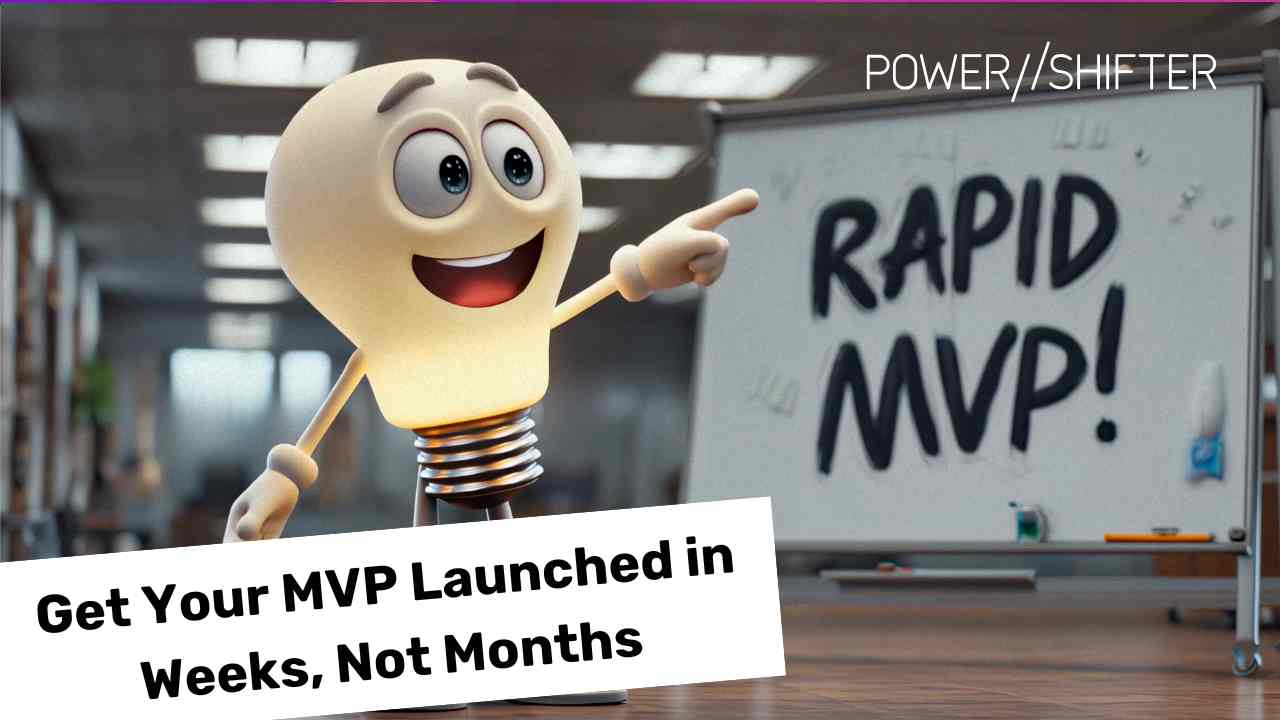We’re back with another month of Product Design Insights. May features content about establishing a company-wide design mentality, a new partnership project between giant tech rivals, common problems clients have with digital agencies, and more. If you missed last month, find out what inspired our team in April. Or, if you prefer to get these insights delivered to your inbox, subscribe to our Simply Good Reads newsletter!
How can product managers reduce cognitive load to increase feature adoption?
Recommended by: Priscilla Ho, UX Lead
Users are inundated with their choice of digital tools to automate and streamline everyday tasks. With the rapid pace of the changing technological landscape, companies are needing to evolve their products faster than ever before. But how do you introduce new features to an audience without overwhelming them? This article recommends reducing cognitive load by limiting the number of options available, grouping similar elements together, and using visuals to communicate complicated concepts. In other words, simplify the process.
Design systems are everybody’s business
Recommended by: JP Holecka, CEO, Founder, Product Strategist
At POWER SHIFTER, we’re big on process. When a process is in place, everything is repeatable—which saves teams time, money, and stress. Having a design process is especially important when creating a product. Adopting a company-wide design mentality puts everyone on the same page. For our clients, we know that speed to market is crucial. So being able to minimize friction and increase efficiency is key. This article walks readers through the five phases of building a design system. The focus is to empower people to create amazing experiences rather than prescribe a one-size fit all approach.
Apple and google give devs a first look at their covid-19 tracking api
Recommended by: Trevor Westlund, Senior Business Development Director
This marks a huge step for Apple, who have vehemently rejected all tracking apps in the past. Some would say for good reason—as the world becomes increasingly globalized, we are confronted with examples of Orwellian surveillance. Others believe there is a place for these APIs as long as the right policies are put in place. As more information becomes available in the coming weeks, the big question to answer will be if consumers and the general public trust the program enough to see it successfully combat COVID-19.
Agency vs. in-house team
Recommended by: JP Holecka, CEO, Founder, Product Strategist
Whether its product design, mobile apps, websites, or marketing, companies hire agencies for myriad reasons. Many of which stem from the realization that their team lacks the necessary expertise, time, or culture to build the calibre of campaign or application needed. There are considerations to make when hiring an agency, but the benefits outweigh the perceived risks (if you’re working with the right agency). This article answers the question, “should we hire and develop full-time employees, or do we need help from an agency?” from a marketing perspective. But if you’re looking for answers to this question with a focus on digital product design, you can find that here.
37 business concepts every designer needs to know
Recommended by: Gord Brown, Senior Designer
“If you just go into the room and narrowly think about ‘design, design, design,’ and if you don’t value the business or understand why you have to move to market quickly, your contribution will not be felt” - Kate Aronowitz, Designer Partner at Google Ventures.
Business people are just humans, with a niche set of words and focused perspectives that designers have to understand to be able to speak on that level. Approaching any project with a mindset of simplicity and servitude, while being well-informed and able to connect at the business table, will see more success and credibility added to the designer and their team. This article outlines 37 business concepts that will help designers better align with their colleagues.
The biggest problems clients have with digital agencies
Recommended by: JP Holecka, CEO, Founder, Product Strategist
We have worked on hundreds of projects and have heard the same frustrations from clients about previous experiences with other agencies. Of the five problems listed in the article, it's no surprise that communication is number one and "not listening" also makes the list. At POWER SHIFTER, we pride ourselves on leading with empathy. When we put ourselves in our clients' shoes, we can better understand what they need from us as a partner to make their project a success. (This is why our feature as a top agency in Canada on Clutch for the second year in a row is especially important to us).
Figma feature highlight: observation mode
Recommended by: Priscilla Ho, UX Lead
As a digital studio, we stay on top of the latest technology trends, especially ones that make it easier to collaborate with each other and our clients. We believe wholeheartedly in transparency: no one should wonder what we’re working on. But Figma’s Observation Mode is not just an exciting way for clients to see progress; it can also handle user testing. We highly recommend Figma, but we’ll let you evaluate the product for yourself.


















